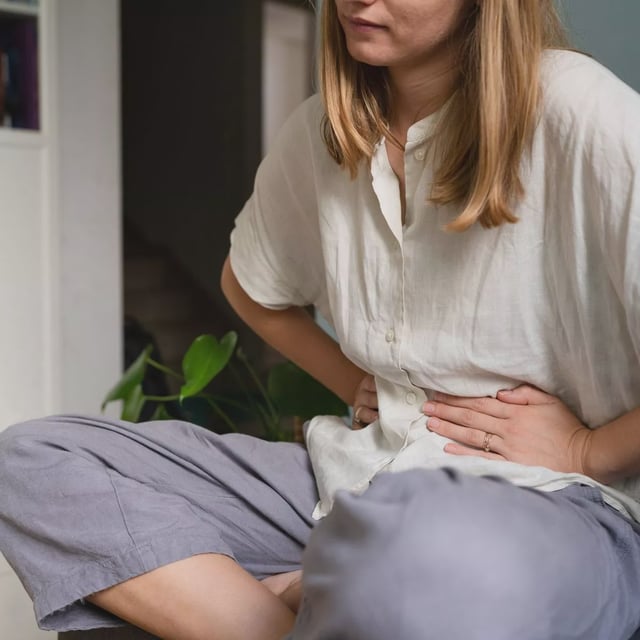Overview
- An estimated 190 million women and girls globally live with endometriosis, making it one of the most common chronic conditions in reproductive health.
- Patients face an average wait of nearly seven years for a formal diagnosis as symptom variability and non-specific findings complicate early detection.
- Common indicators include severe pelvic pain before and during menstruation, pain during intercourse, bowel movements or urination, as well as bloating and mood changes.
- Confirming endometriosis generally requires medical history assessment, physical examination, ultrasound imaging and a laparoscopic procedure to visualise and biopsy misplaced tissue.
- Keeping a detailed symptom diary can aid clinicians in identifying patterns and tailoring management plans to improve patients’ long-term quality of life.


